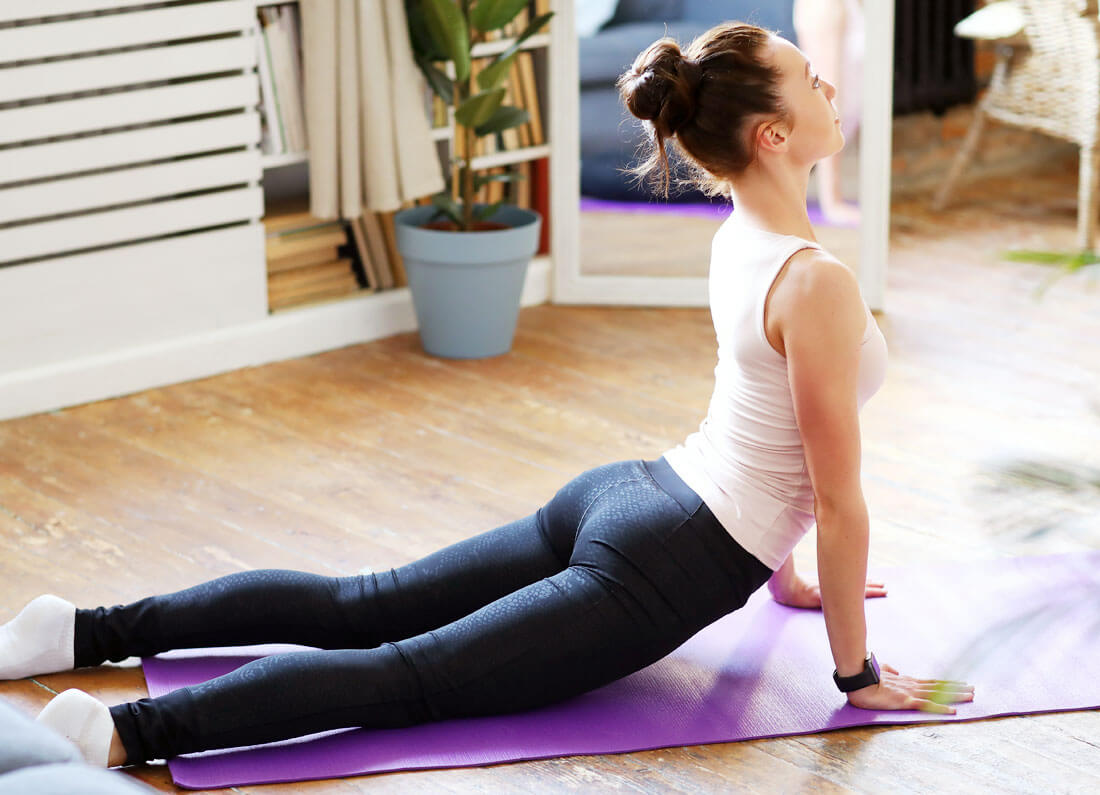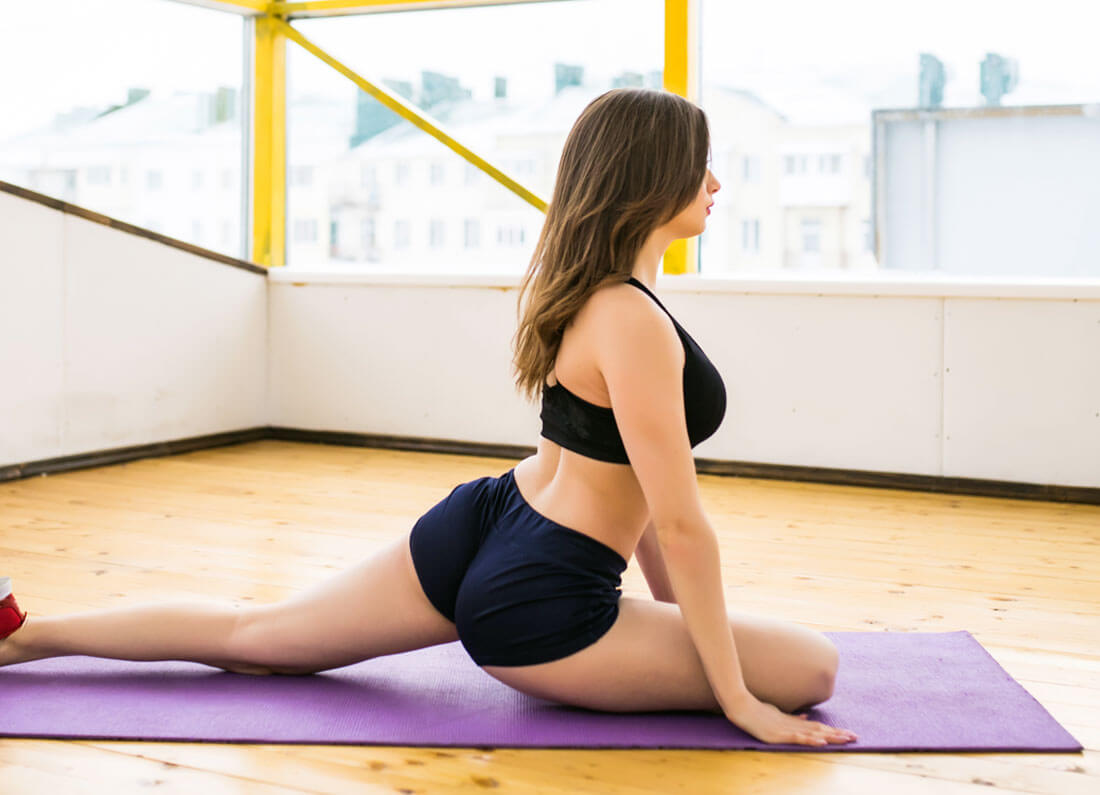Yoga is the stilling of the changing states of the mind. This phrase beautifully captures the essence of yoga, which is about finding peace and calm in our busy lives. Imagine a river flowing rapidly, filled with leaves and twigs; this represents our thoughts. Yoga helps us to slow that river down, allowing us to see the clear water beneath. In today’s fast-paced world, where distractions are everywhere, yoga offers a path to tranquility.
Many people think of yoga as just physical exercise, but it’s much more than that. It’s a practice that combines the body, mind, and spirit. Just like a tree needs roots to grow strong, we need to ground ourselves to find balance and happiness. In this article, we will explore how yoga can help quiet our minds, reduce stress, and improve our overall well-being. If you’re curious about the connection between pain and strength, check out this article: The Pain You Feel Today Will Be the Strength You Feel Tomorrow.
What Is Yoga?
Yoga is an ancient practice that originated in India thousands of years ago. It combines physical postures, breathing exercises, and meditation to help us find peace and harmony within ourselves. The word “yoga” comes from a Sanskrit term that means “to unite.” It signifies the connection between our body, mind, and spirit.
Imagine trying to balance on one leg while closing your eyes. At first, it might be difficult, and you might wobble a bit. But with practice, you’ll find your balance. This is similar to what yoga teaches us about life. By practicing regularly, we learn to balance our thoughts and emotions, making it easier to handle life’s ups and downs.
The Importance of the Mind in Yoga
When we say, “Yoga is the stilling of the changing states of the mind,” we highlight how yoga focuses on calming our thoughts. Our minds are often like a busy train station, with trains arriving and departing all the time. This can be overwhelming! Yoga teaches us to observe our thoughts without judgment, just like watching a train pass by without hopping on.
Meditation is a key part of yoga that helps with this stillness. During meditation, we focus on our breath or a simple word. This helps to clear our minds, allowing us to feel more relaxed and present. Over time, this practice can lead to a sense of peace that carries into our daily lives.
The Benefits of Yoga for the Mind
Yoga offers many benefits, especially for our minds. Here are some of the most important ones:
1. Reduced Stress
When we feel stressed, our bodies react in different ways. Our heart races, our muscles tighten, and we might even feel anxious. Yoga helps us manage stress by promoting relaxation. When we practice yoga, we take deep breaths and move slowly, which sends a message to our body that it’s time to calm down.
2. Improved Focus
In a world filled with distractions, it can be hard to concentrate. Yoga teaches us to focus on one thing at a time, whether it’s our breath or a specific pose. This practice helps strengthen our ability to concentrate, making it easier to tackle tasks at work or school.
3. Better Sleep
Many people struggle with sleep due to racing thoughts. Yoga can help prepare our minds for a good night’s rest. Gentle stretches and breathing exercises can signal to our bodies that it’s time to wind down, leading to improved sleep quality.
4. Enhanced Emotional Health
Yoga can boost our mood and help us feel more positive. By practicing mindfulness through yoga, we become more aware of our emotions. This awareness allows us to respond to feelings like anger or sadness in healthier ways.
How to Start Your Yoga Journey
If you’re new to yoga, starting can feel overwhelming. But remember, everyone was a beginner once! Here are some simple steps to begin your yoga journey:
1. Find a Class
Look for a yoga class in your area. Many studios offer beginner classes where you can learn the basics. If you prefer to practice at home, there are plenty of online resources, including videos and apps that guide you through simple poses.
2. Gather Your Supplies
You don’t need a lot to start practicing yoga. A yoga mat is a great place to begin. It provides comfort and stability as you move through different poses. You might also want to have a water bottle nearby to stay hydrated.
3. Start with Simple Poses
Begin with basic poses like Child’s Pose, Downward Dog, and Cat-Cow. These poses are easy to learn and can help you build strength and flexibility. Remember, it’s important to listen to your body and not push yourself too hard.
4. Practice Regularly
Like any new skill, the more you practice, the better you become. Try to set aside a little time each day or week to practice yoga. Even just a few minutes can make a difference.
Exploring Different Types of Yoga
There are many styles of yoga, each offering unique benefits. Here are a few popular types to consider:
Hatha Yoga
Hatha yoga is a gentle introduction to the most basic yoga postures. It’s great for beginners because it focuses on physical poses and breathing. You’ll learn the foundations of yoga, which will prepare you for more advanced practices.
Vinyasa Yoga
Vinyasa yoga links breath with movement. In this style, you flow from one pose to another, creating a dynamic and energetic practice. It’s perfect for those looking to build strength and flexibility while staying engaged.
Restorative Yoga
Restorative yoga is all about relaxation. It involves holding poses for extended periods, often using props like blankets and blocks. This practice allows your body to release tension and promotes deep relaxation, making it excellent for reducing stress.
Yin Yoga
Yin yoga focuses on stretching and lengthening the connective tissues in the body. Poses are held for longer durations, allowing for deeper relaxation. It’s a calming practice that complements more vigorous styles of yoga.
Incorporating Mindfulness into Your Practice
Mindfulness is an essential part of yoga. It encourages us to be present in the moment, letting go of distractions. Here are some ways to incorporate mindfulness into your yoga practice:
1. Focus on Your Breath
During your practice, pay attention to your breath. Notice how it feels as you inhale and exhale. This focus can help calm your mind and bring your attention back to the present.
2. Observe Your Thoughts
As you practice, you may notice thoughts coming and going. Instead of getting caught up in them, try to observe them without judgment. Imagine each thought as a cloud passing through the sky; they come and go, but the sky remains unchanged.
3. Be Gentle with Yourself
Yoga is not about perfection. It’s about progress and self-acceptance. Be kind to yourself as you practice, and remember that everyone’s journey is unique.
Yoga for Kids
Yoga is not just for adults; kids can benefit from it too! Introducing yoga to children can help them develop important skills like focus, patience, and emotional awareness. Here are some ways to get kids involved in yoga:
1. Make It Fun
Use creative names for poses to make them more engaging. For example, the “Tree Pose” can become “Growing Tree,” and “Downward Dog” can be “Happy Puppy.” Keeping it playful will capture their interest.
2. Create a Routine
Incorporate yoga into their daily routine. You can practice together in the morning or before bedtime. This consistency helps establish a calming habit.
3. Use Stories
Turn yoga into a storytime adventure. As you practice different poses, weave them into a fun story. This imaginative approach can make yoga more enjoyable for kids.
The Role of Community in Yoga
One of the beautiful aspects of yoga is the sense of community it fosters. Practicing yoga with others can enhance your experience in several ways:
1. Shared Energy
When you practice in a group, you can feel the collective energy of the class. This energy can motivate and uplift you, making your practice more enjoyable.
2. Support and Encouragement
Being part of a yoga community provides a support system. You can share your experiences, learn from others, and feel encouraged on your journey.
3. New Friendships
Yoga classes are a great place to meet new people who share similar interests. Building friendships in the yoga community can enrich your life and enhance your practice.
Conclusion
Yoga is the stilling of the changing states of the mind, and it offers a path to inner peace and balance. By practicing yoga, we can learn to navigate our thoughts and emotions with greater ease. Whether you’re looking to reduce stress, improve focus, or simply find a moment of calm in your day, yoga can be a powerful tool.
As you embark on your yoga journey, remember that it’s a personal experience. Everyone’s path is unique, and that’s what makes it beautiful. So, roll out your mat, take a deep breath, and embrace the journey of self-discovery and stillness. For more resources on wellness and self-care, feel free to visit Arytime.










Leave a Reply